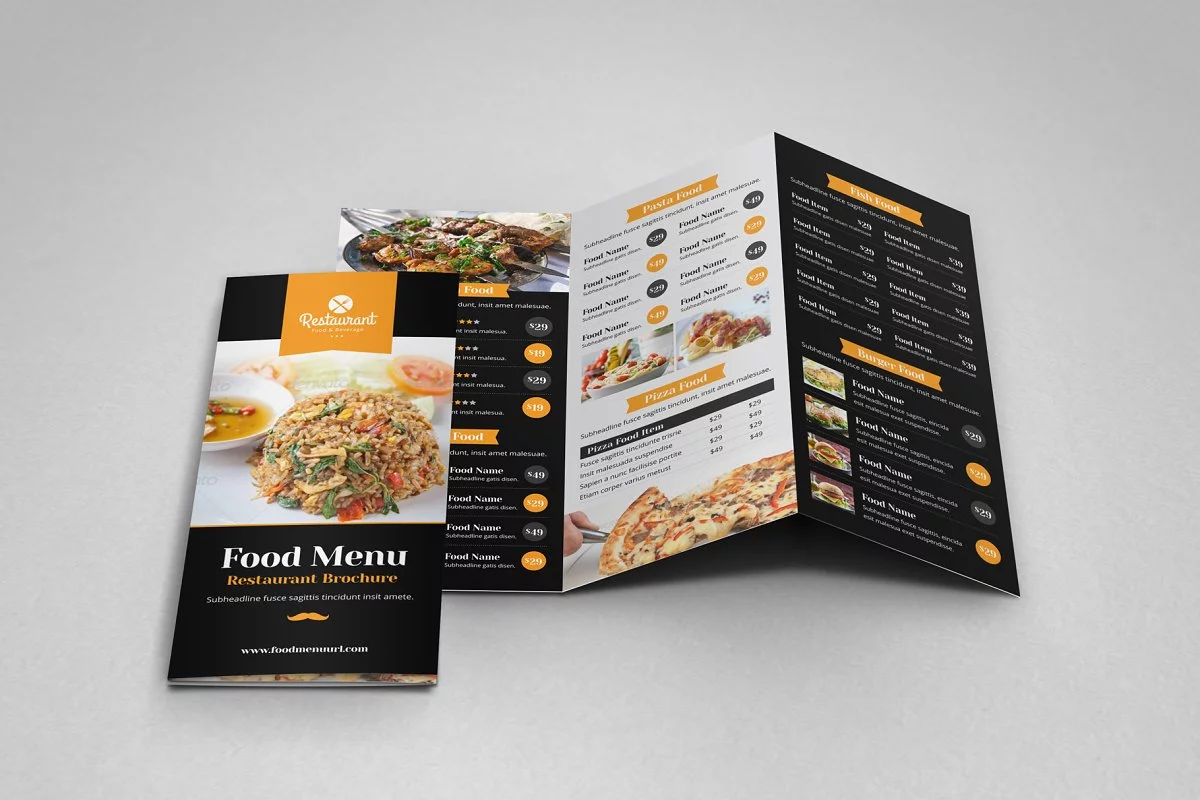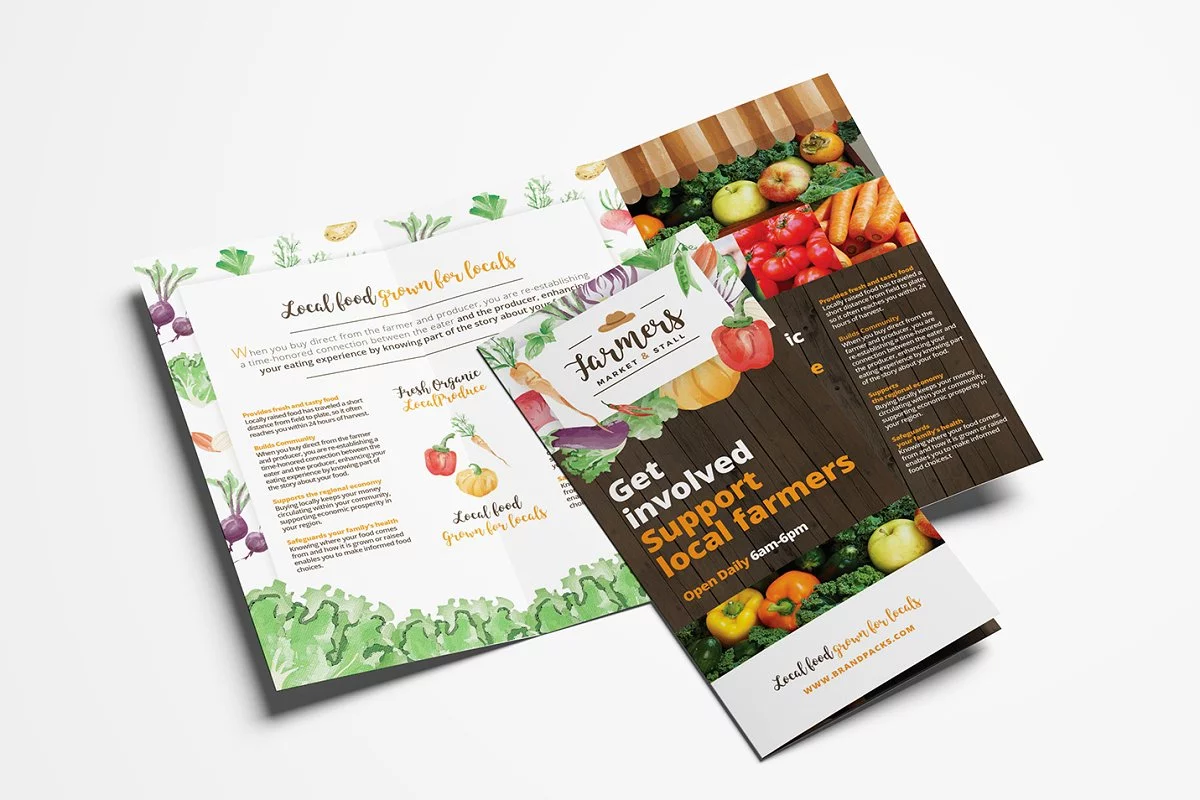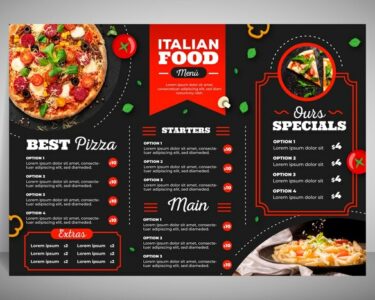Yes we are! We offer the widest range of eco-friendly printing products available in New York using soy ink, including recycled business cards, brochures, presentation folders, sales sheets, stationery, catalogs, flyers, calendars and more. Recycled paper is now our standard stock.
Historically, the printing industry has had a poor reputation for caring for the environment, with excessive use of water and electricity, paper waste and the use of volatile chemicals resulting in toxic waste. Protecting the environment is one of New York Print’s major concerns, and we strive to put our planet first.
And this is how Amxon is making a difference:
– Using soy-based inks
– Use of recycled paper stocks as standard
– Printing methods, such as duplex printing, that reduce paper usage
– Modern machines that significantly reduce energy consumption
– Elimination of toxic and volatile chemicals – Alcohol-free presses
– We recycle redundant machines and computer parts.
– We recycle our printing plates, press blankets, bottles, cans and containers
















